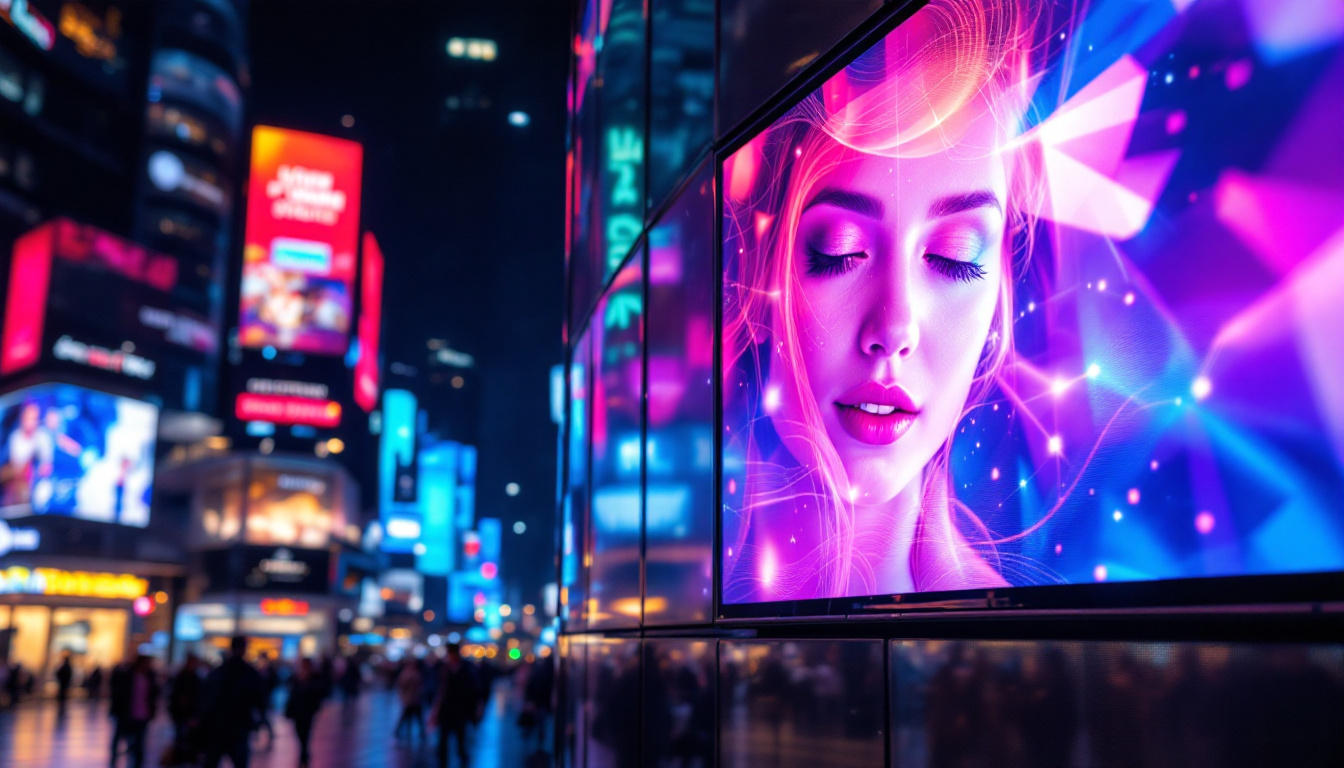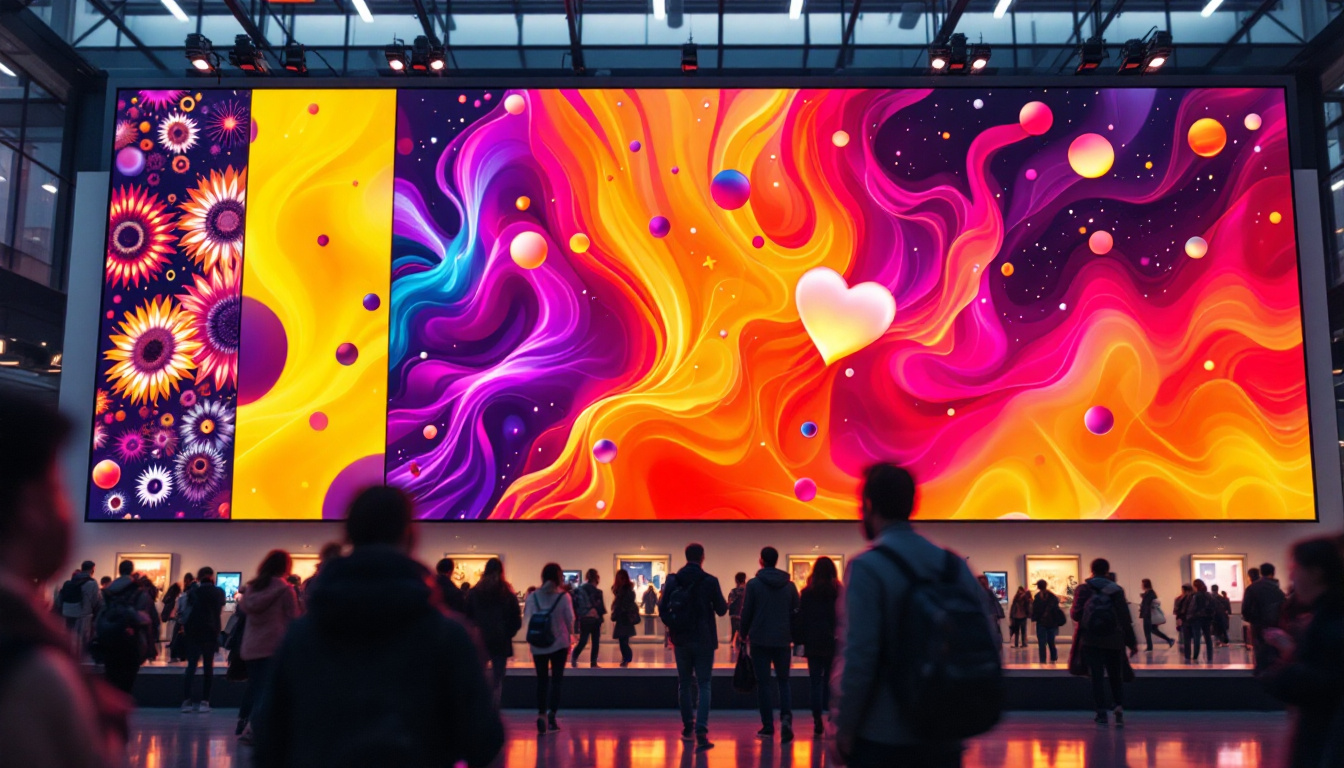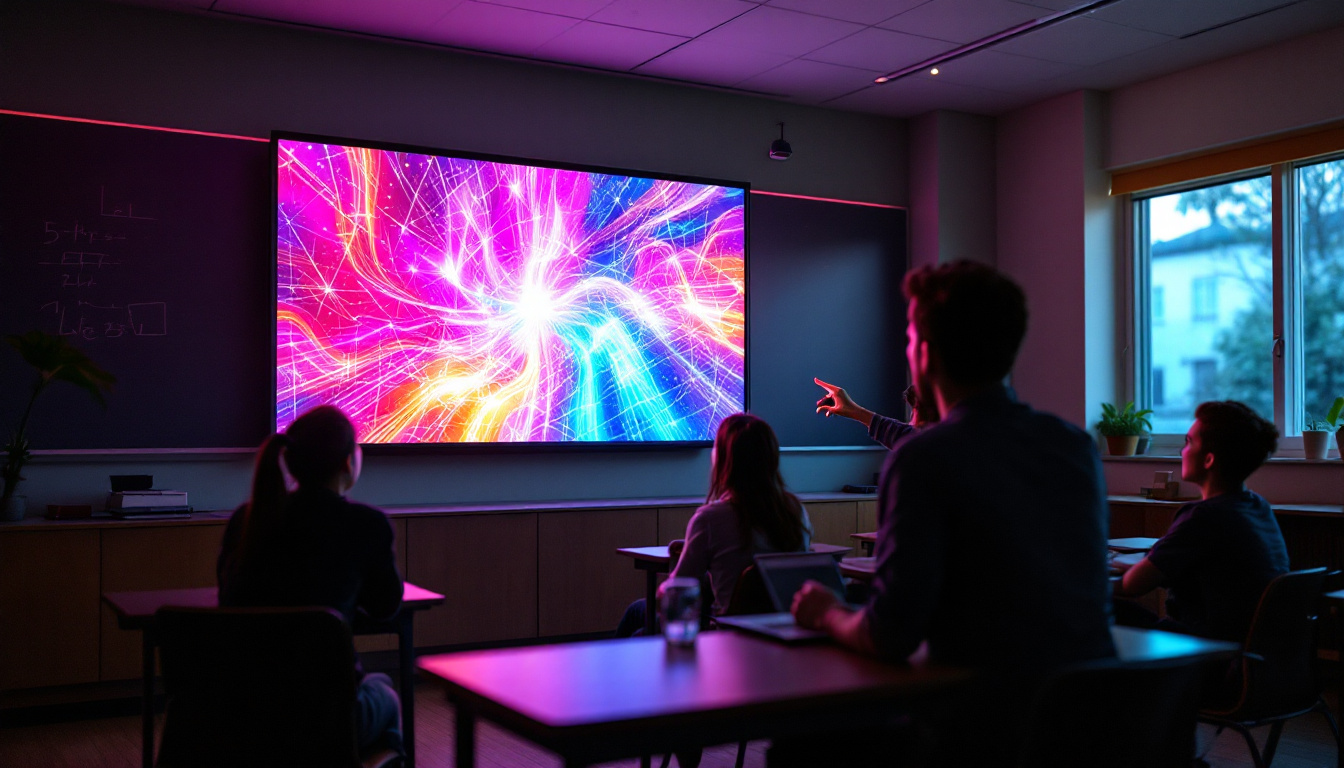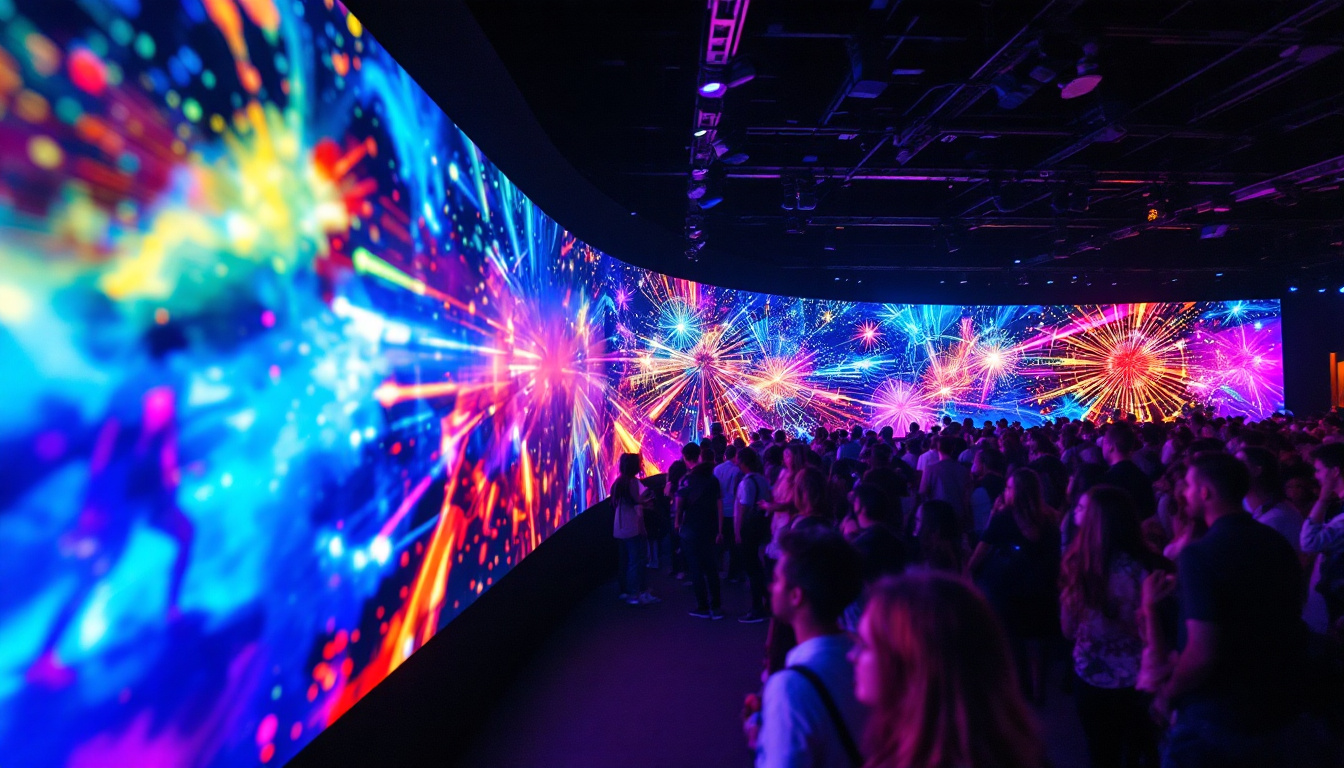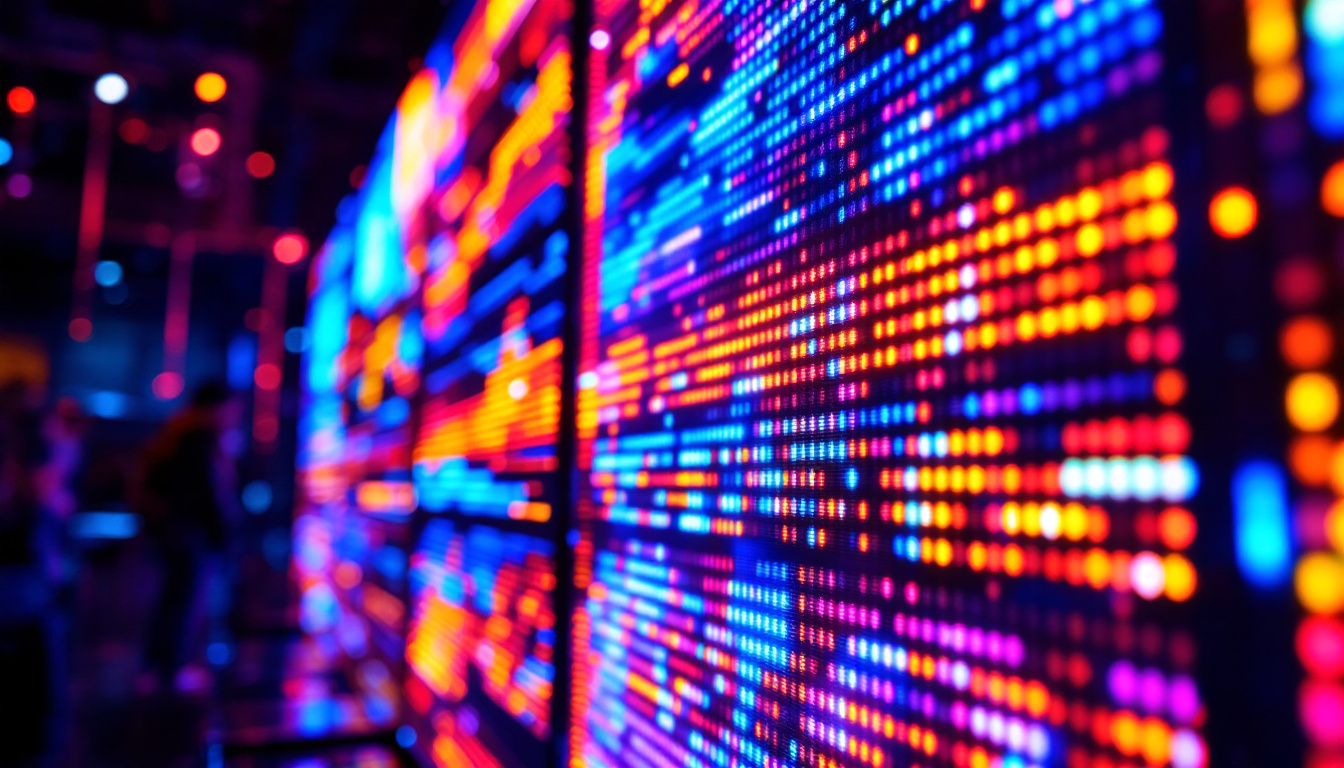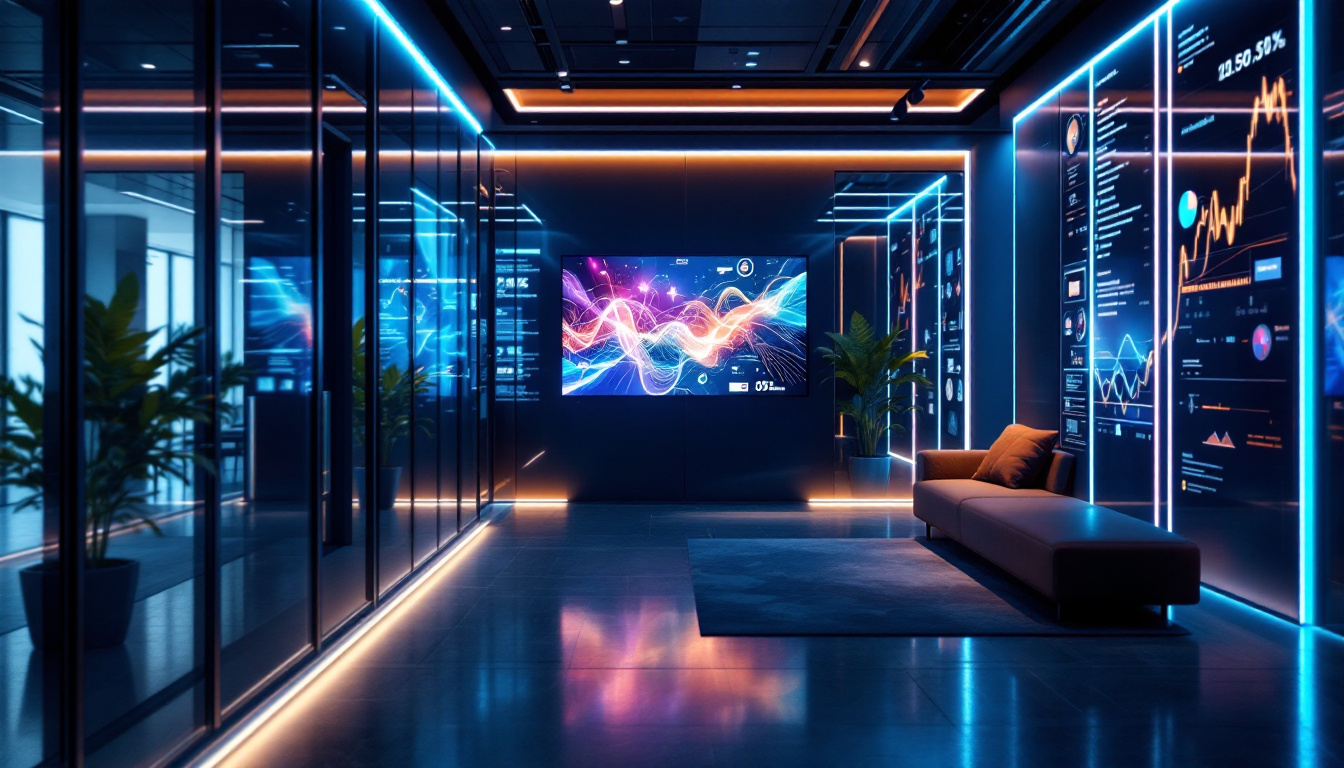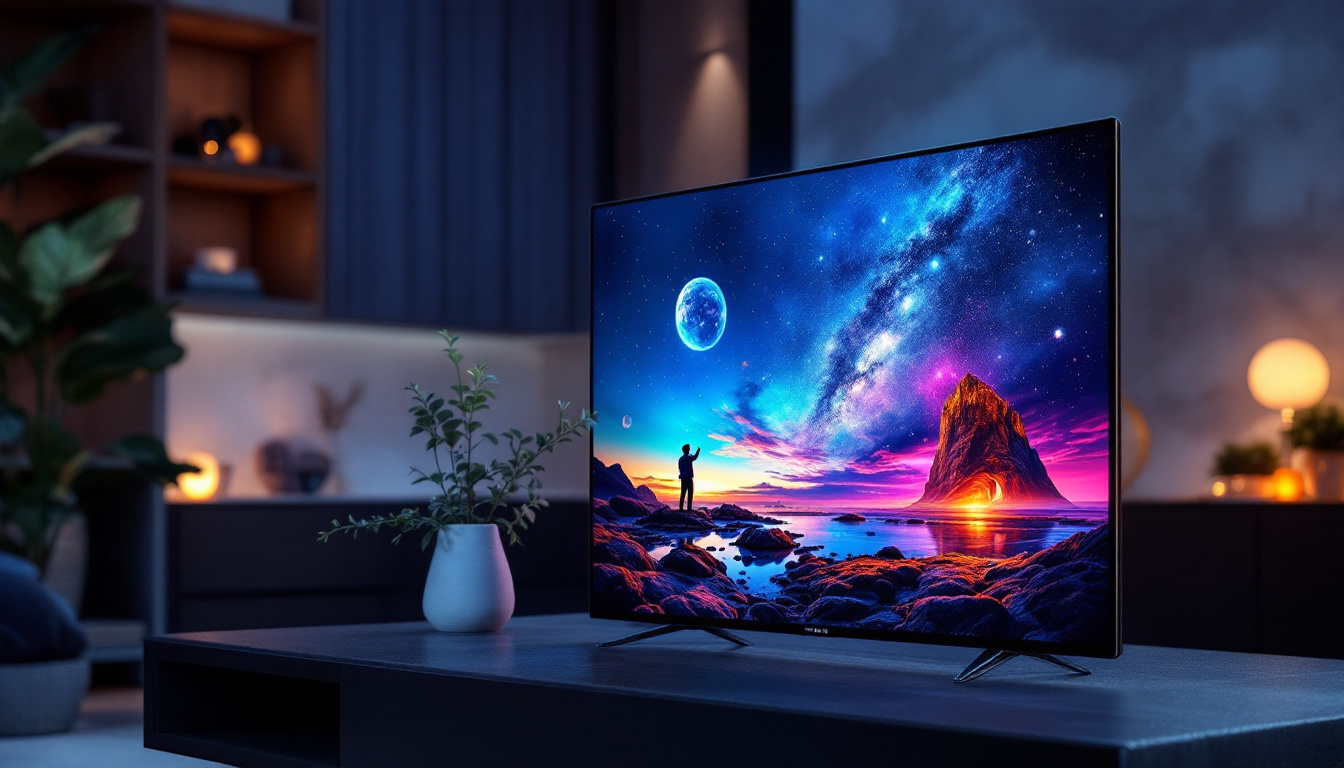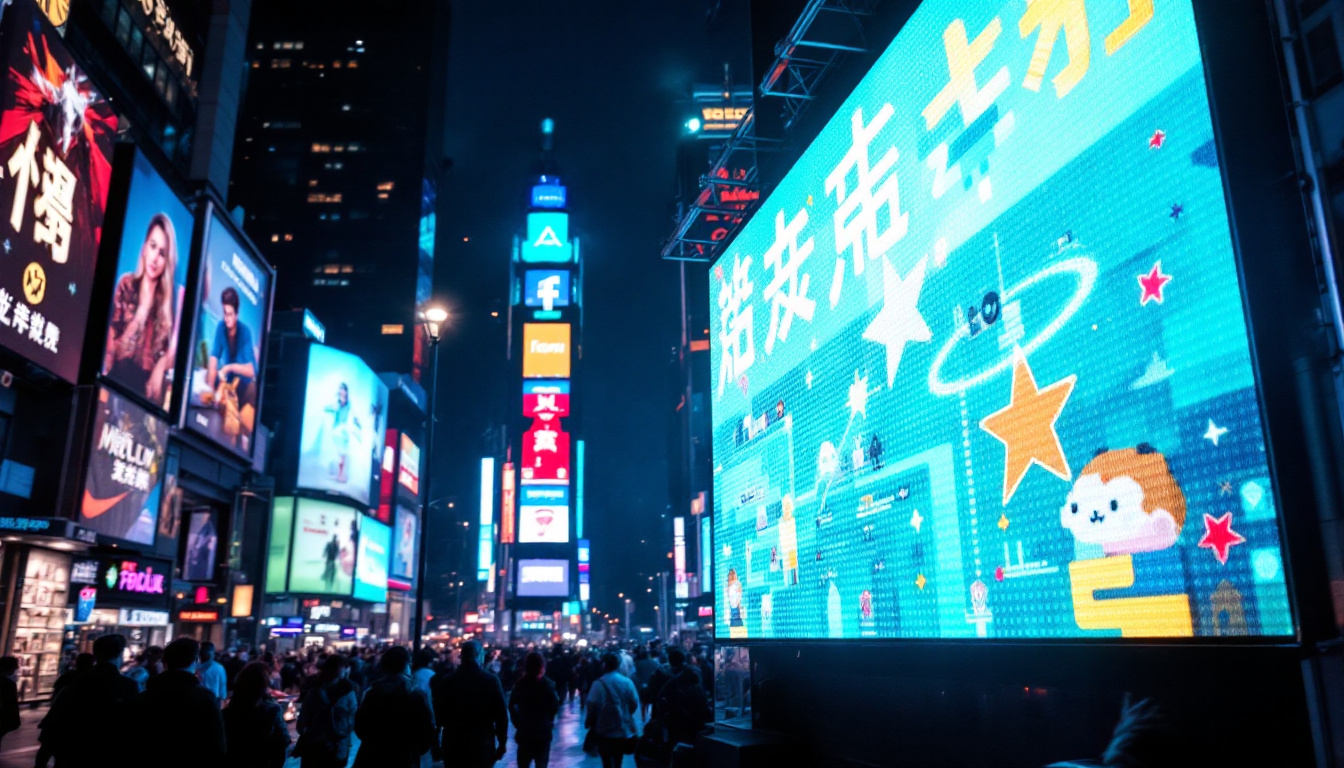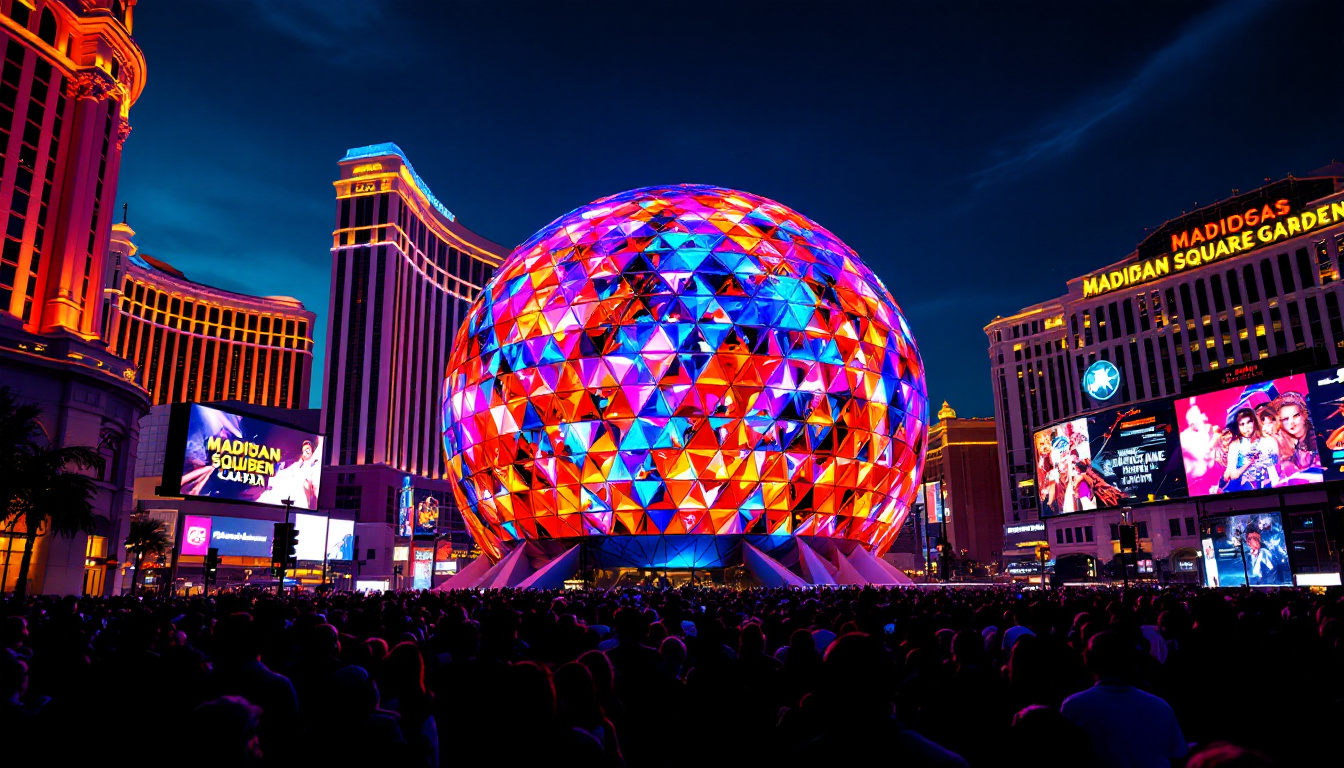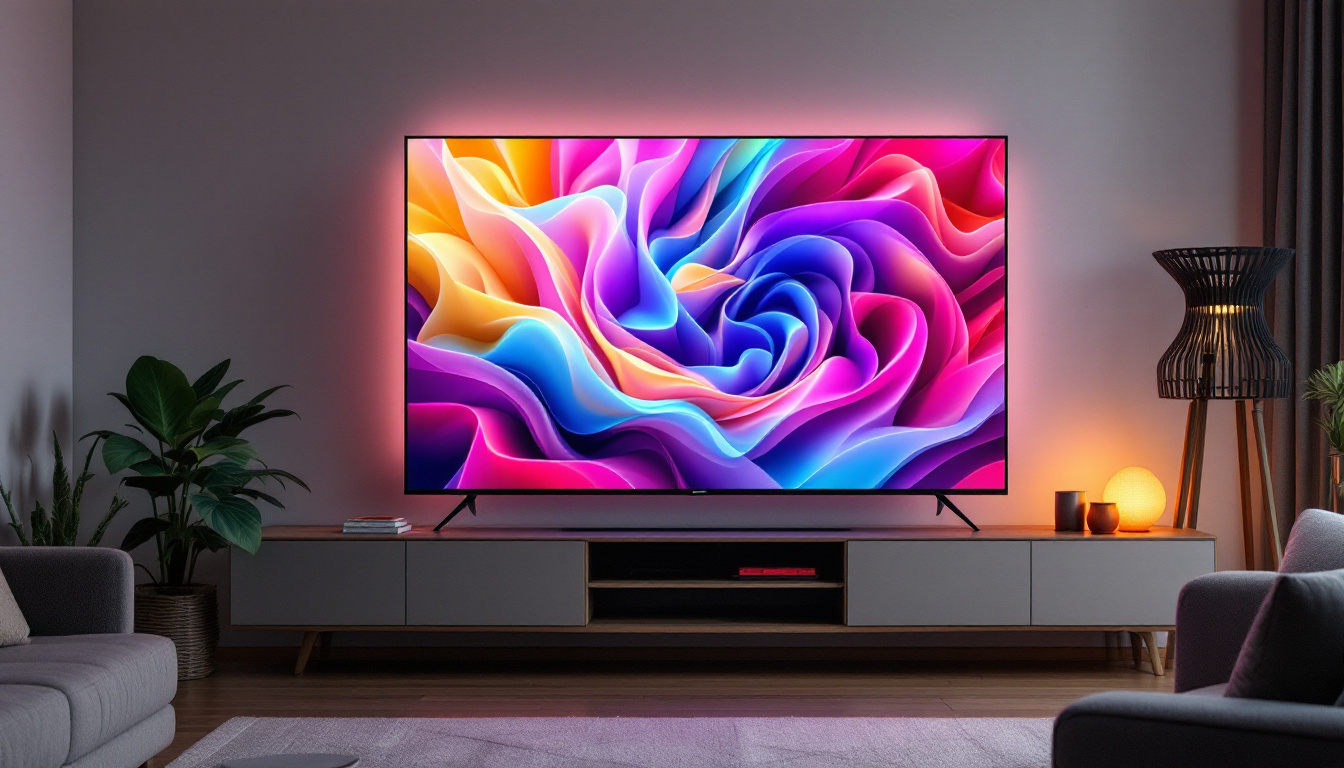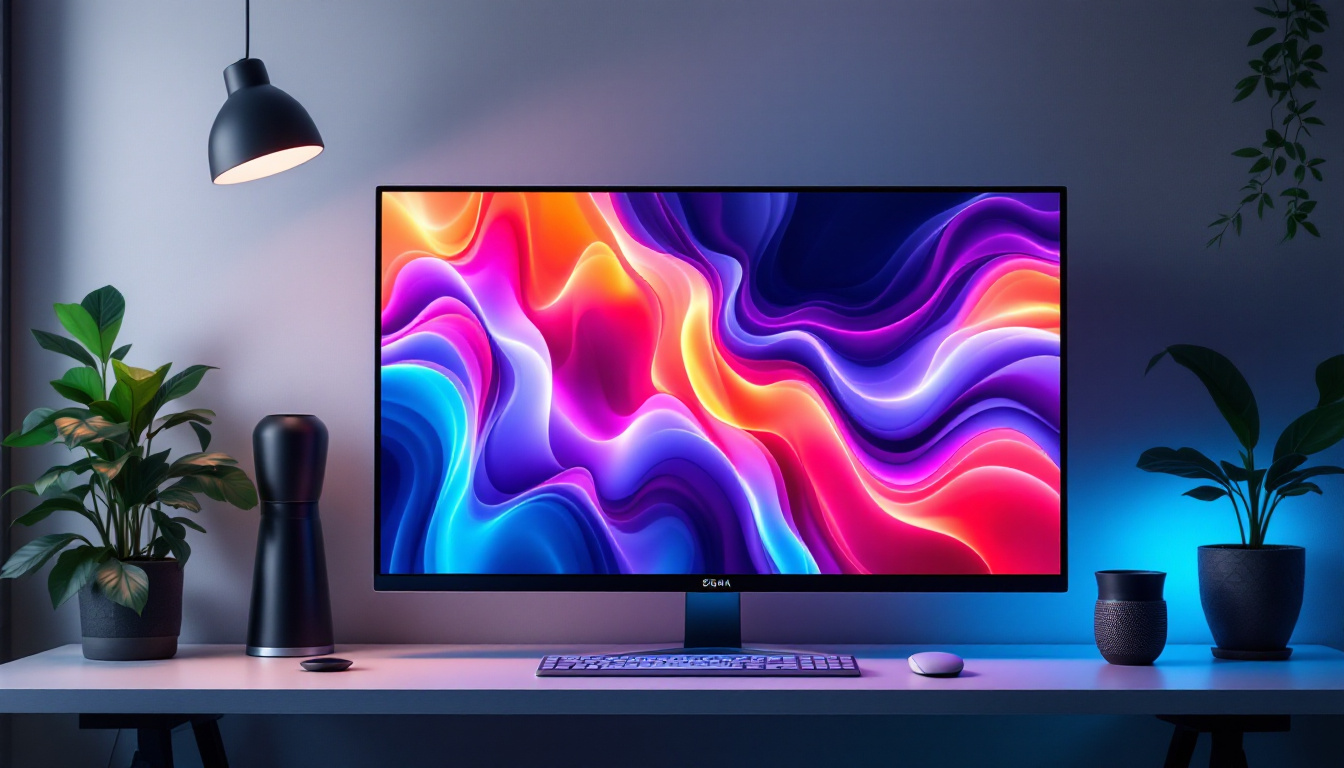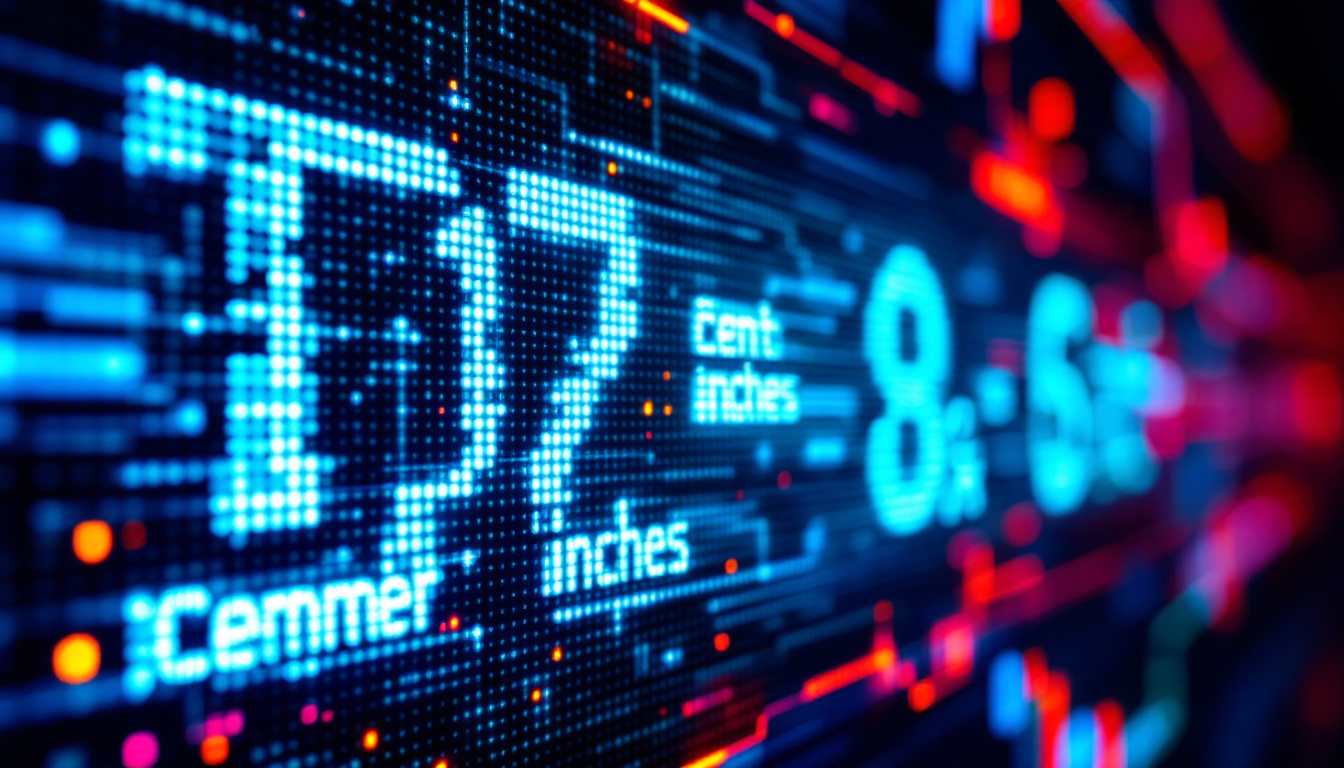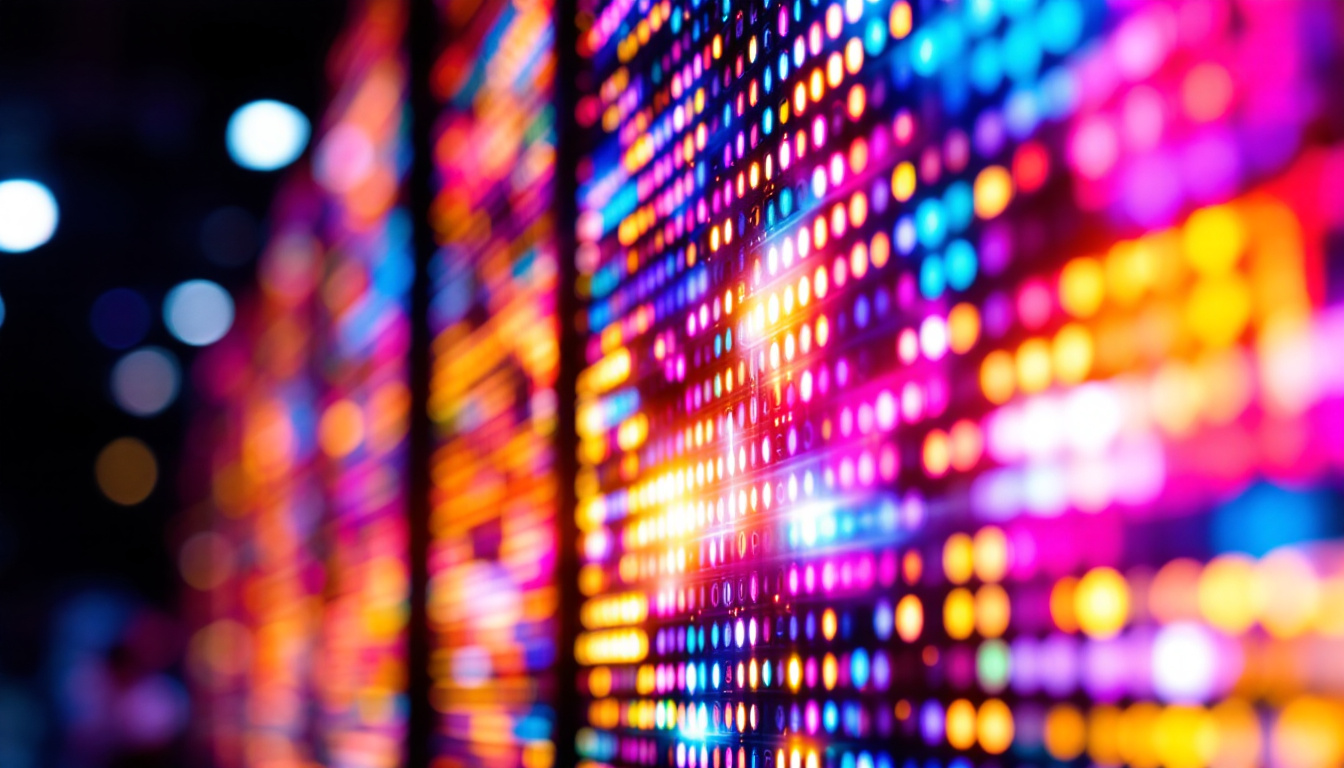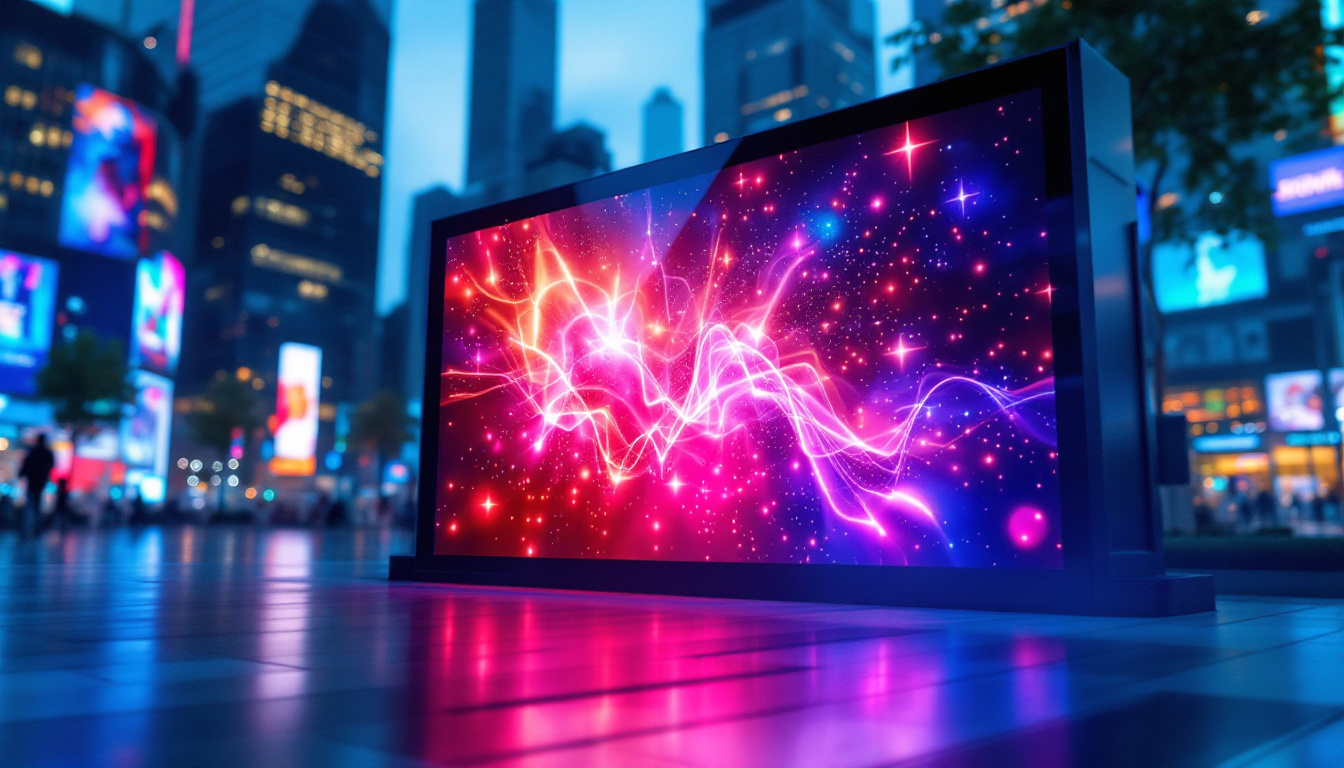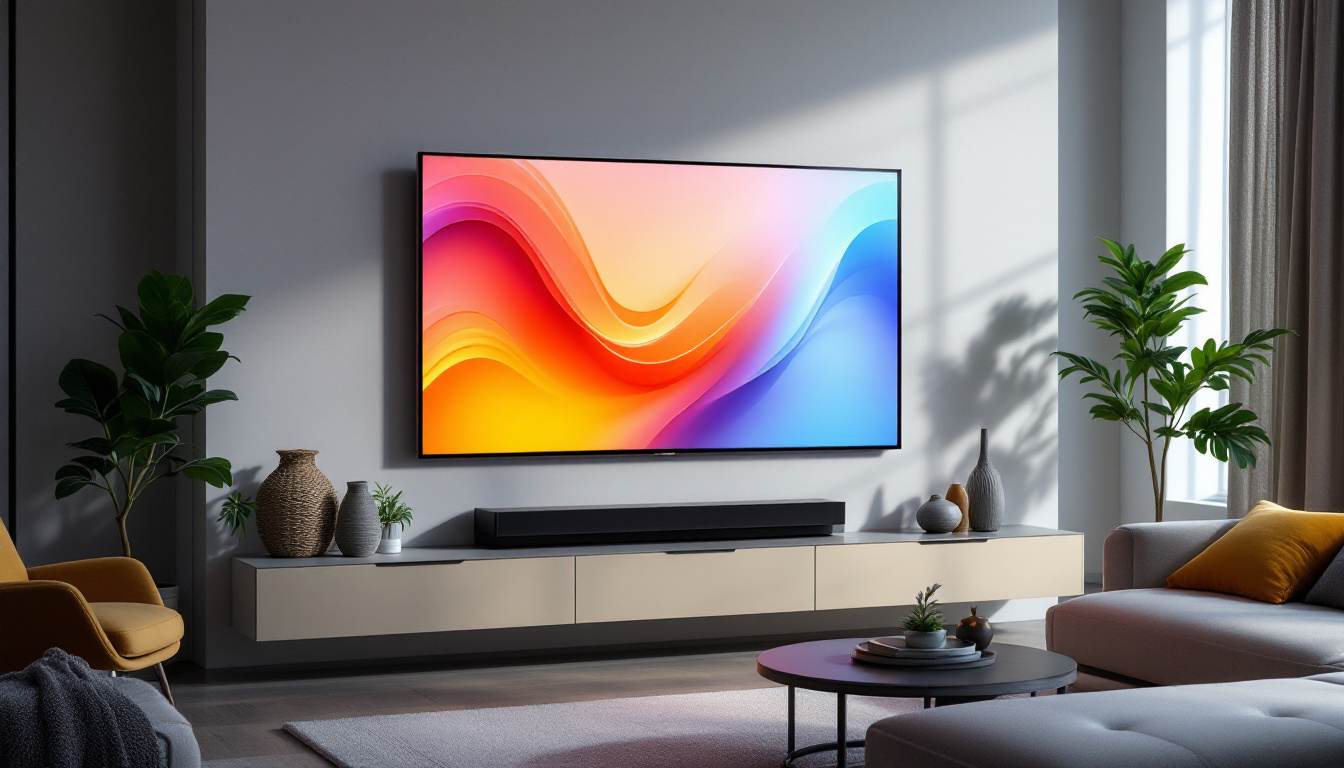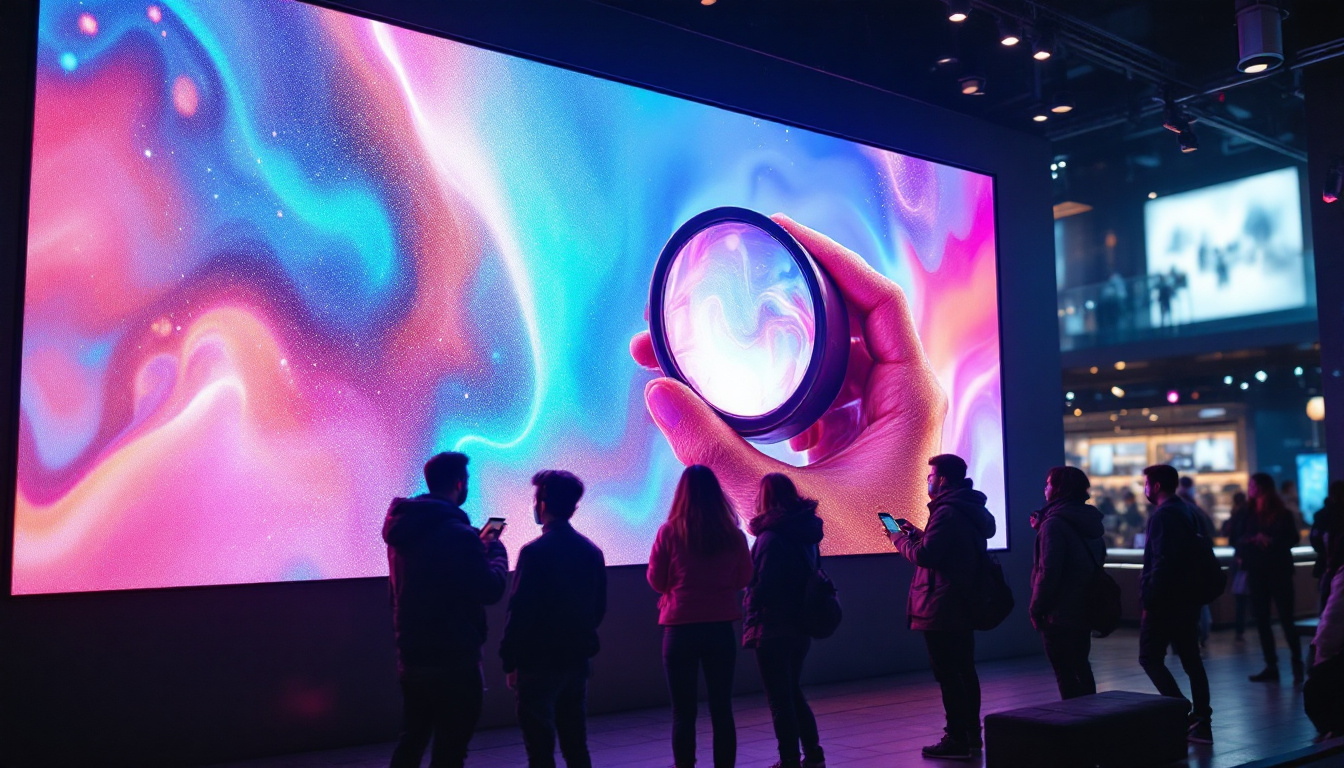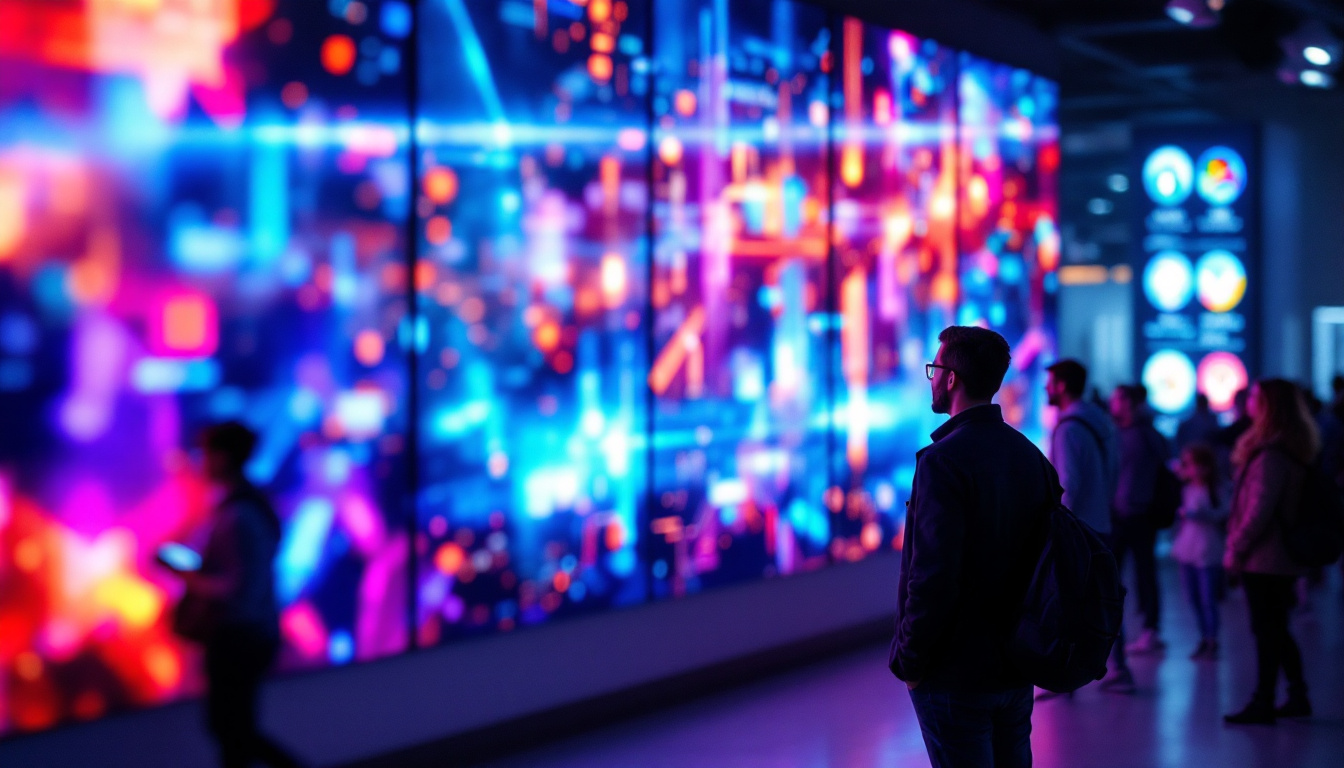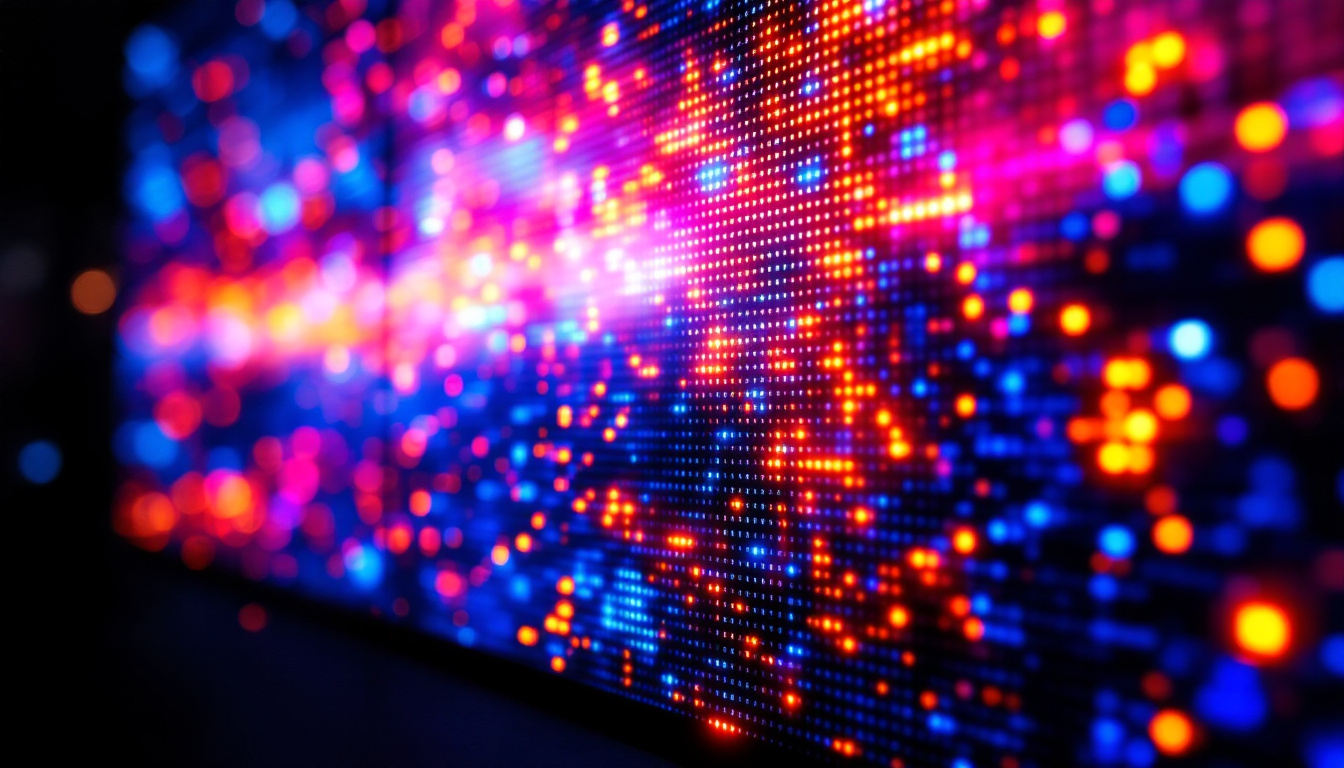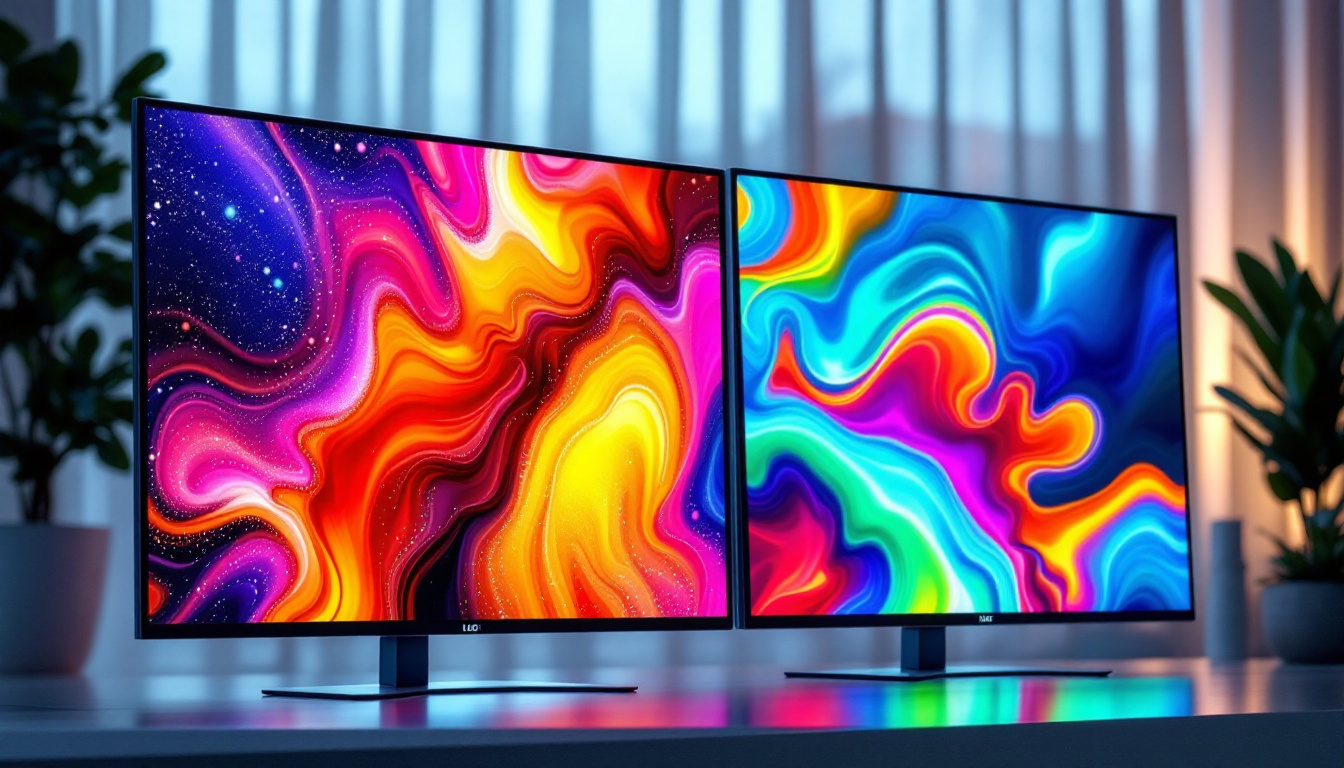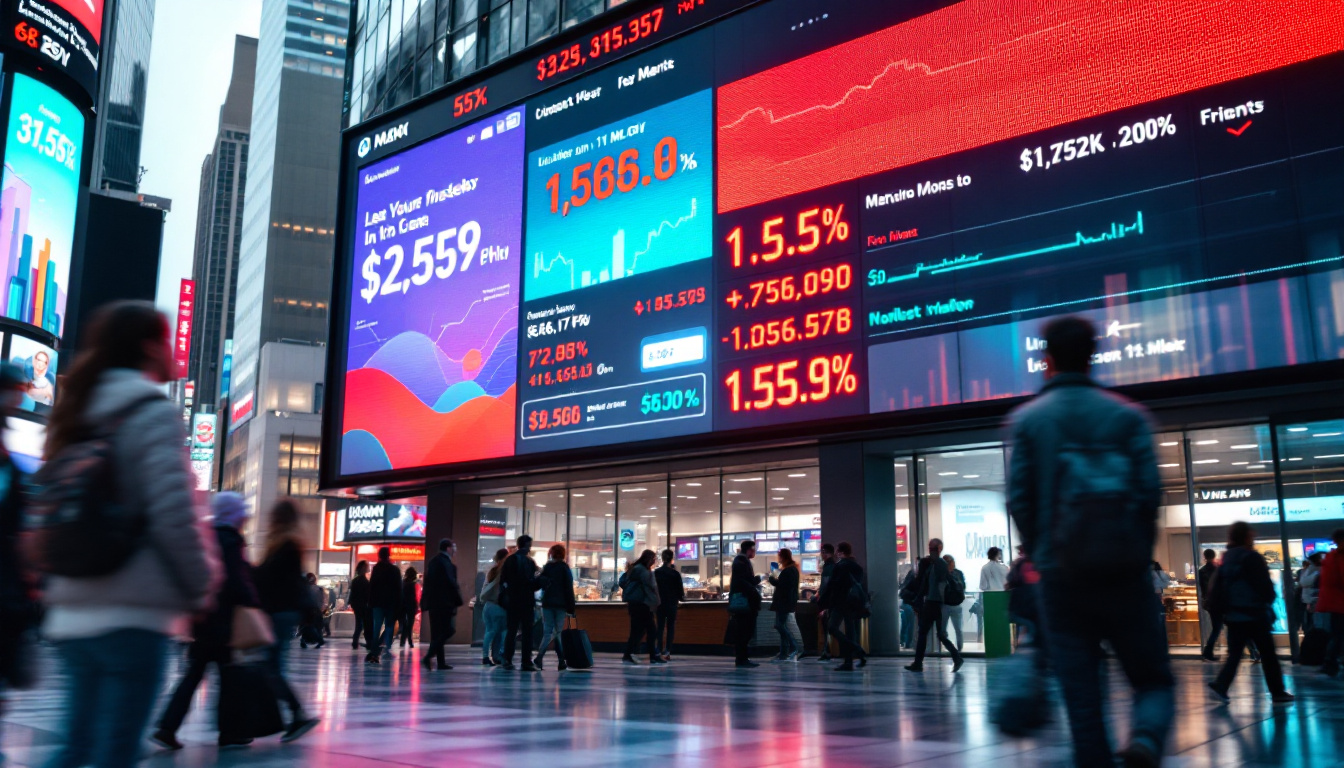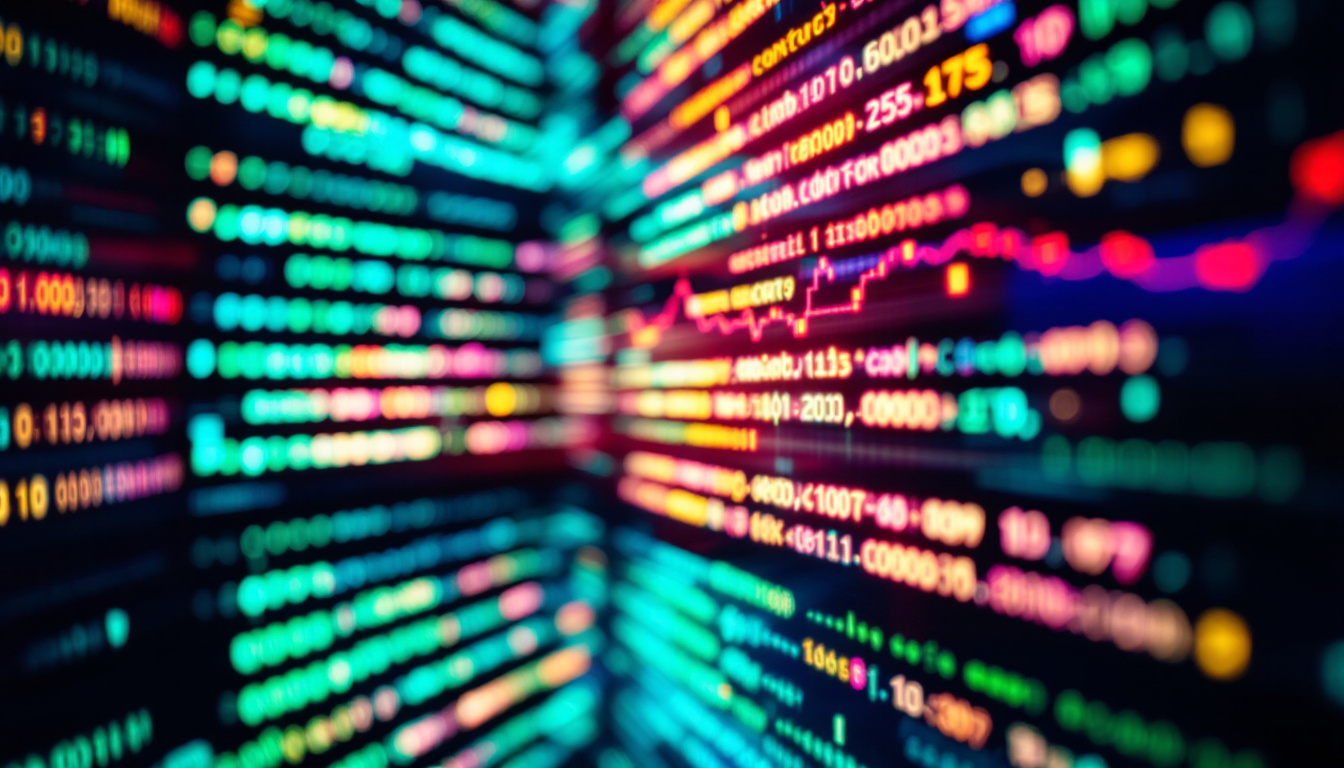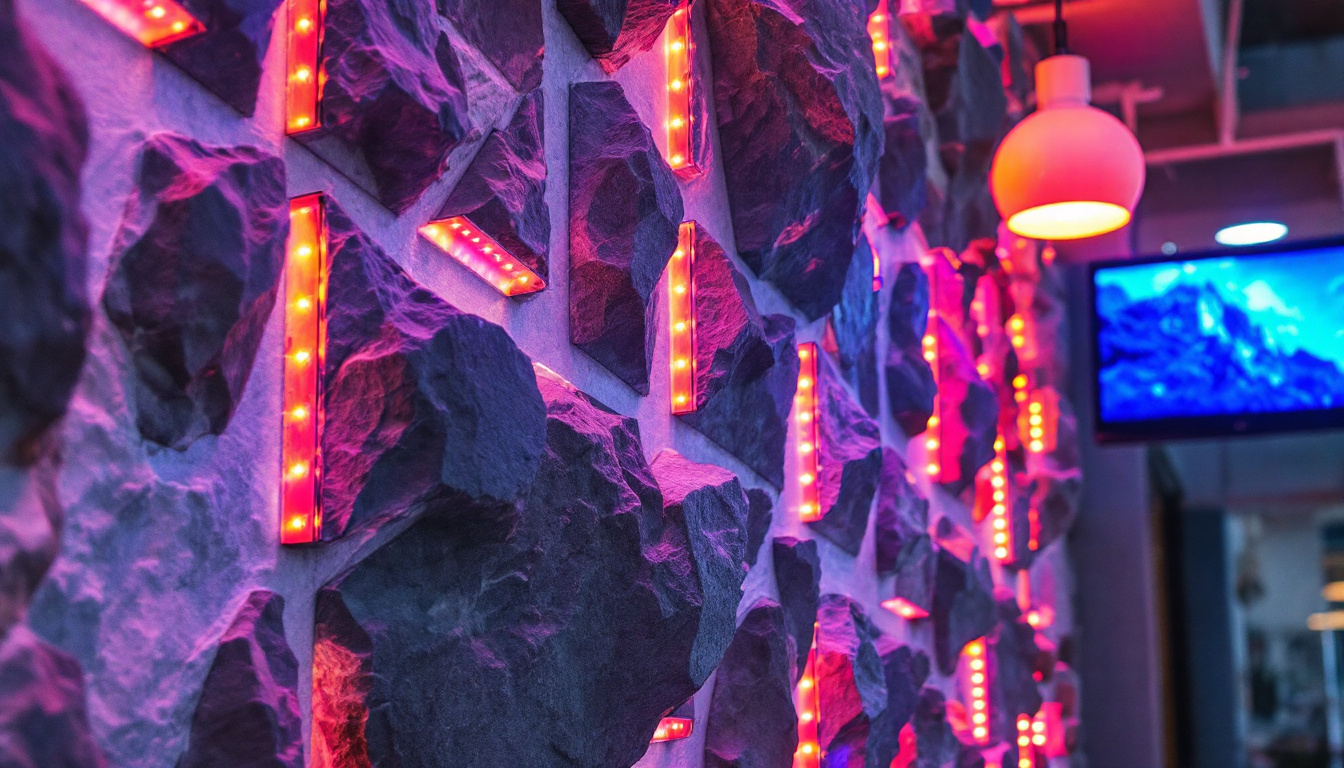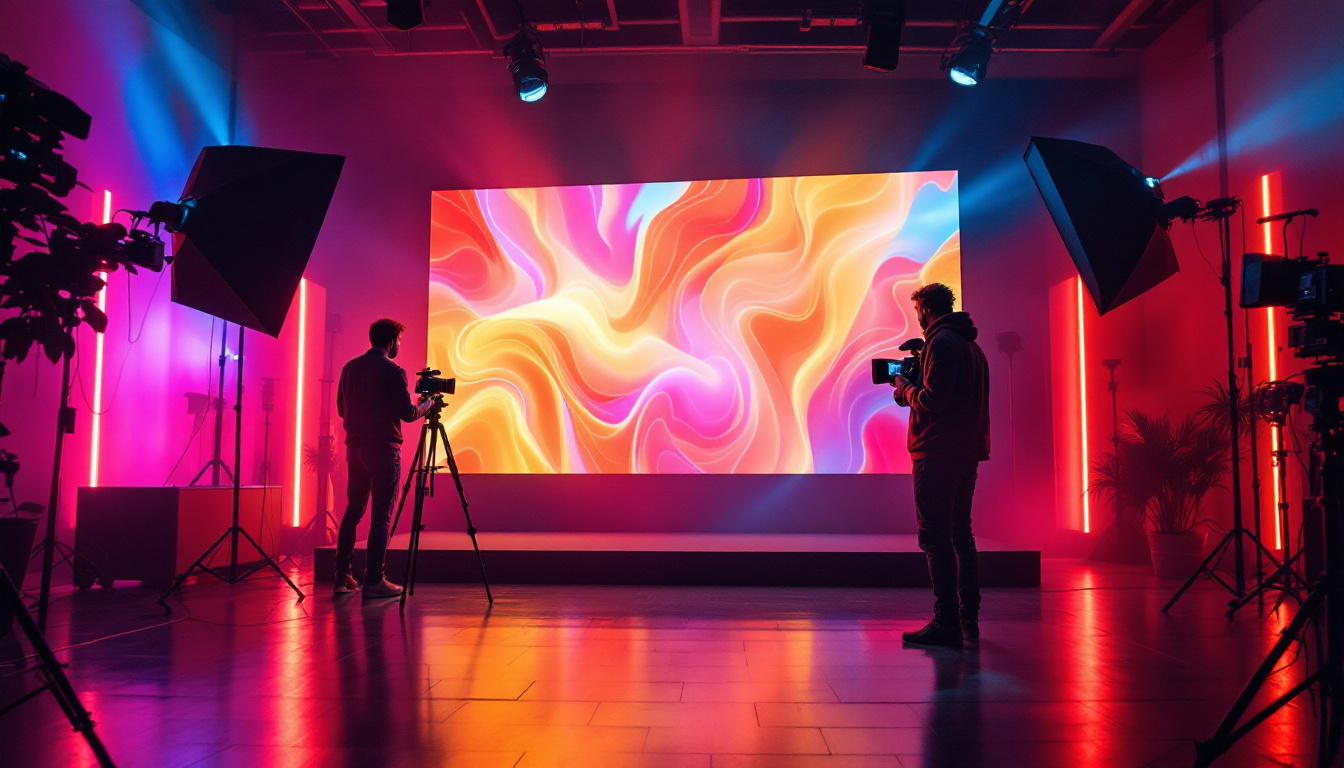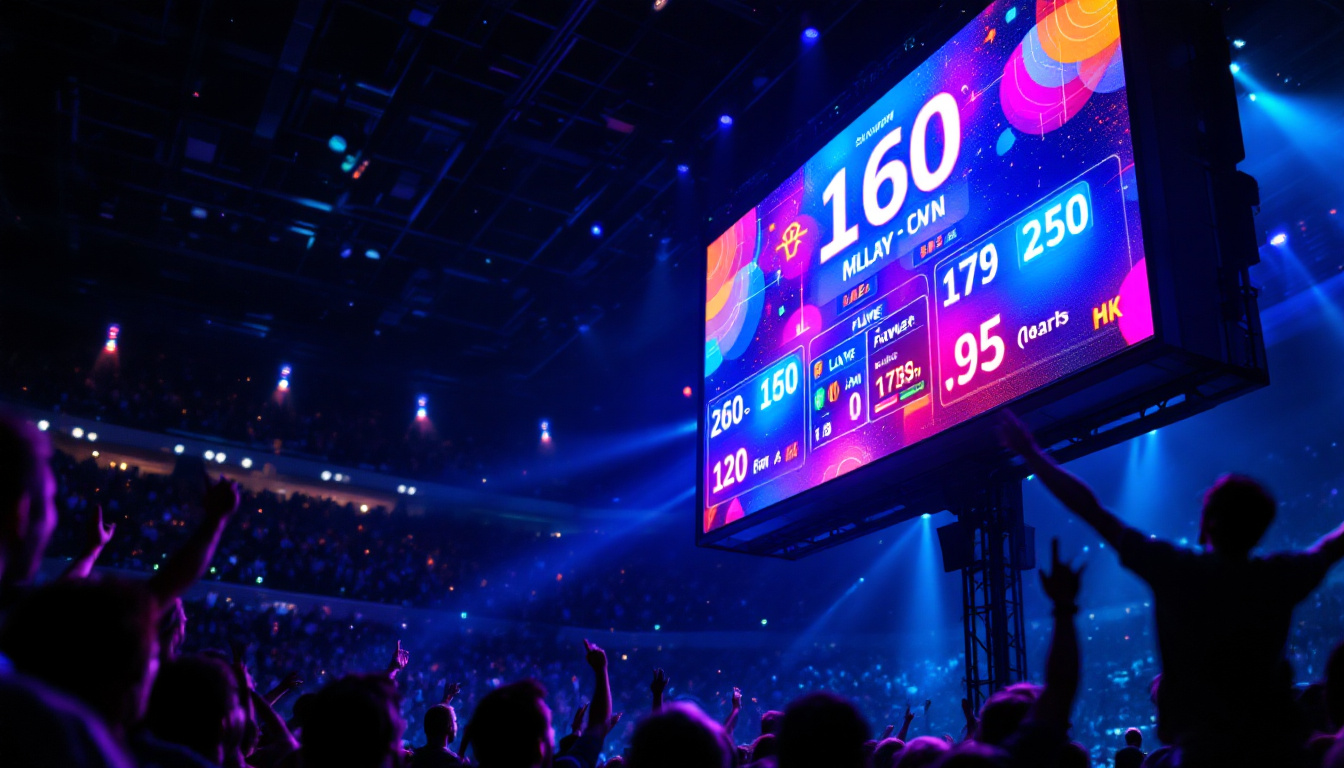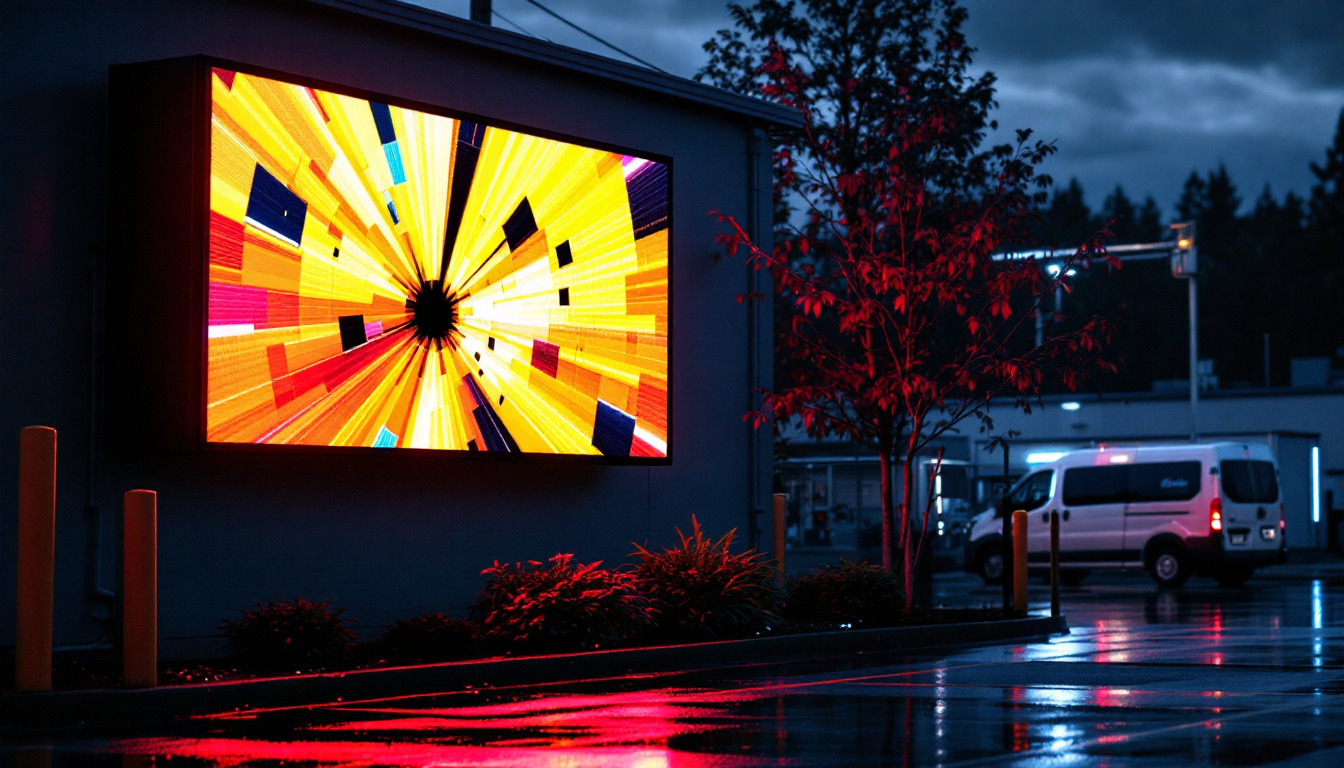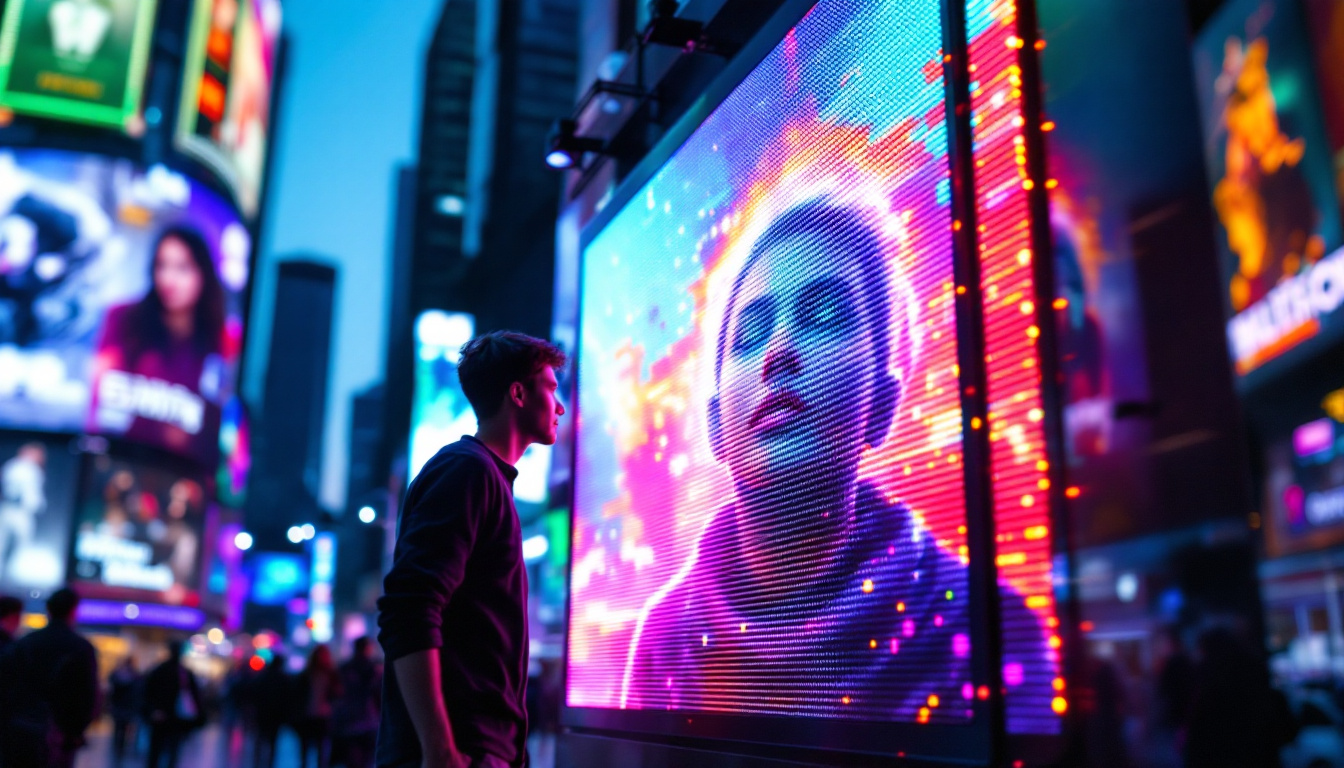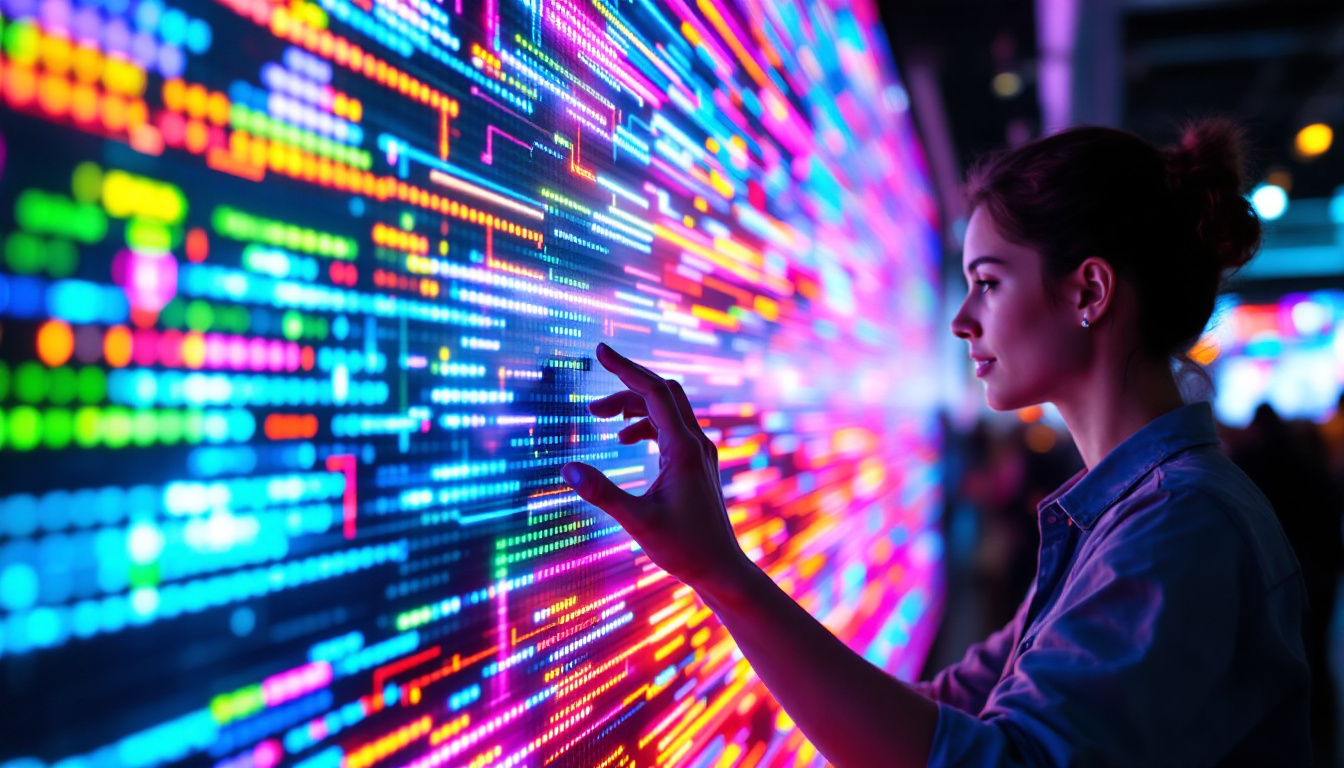In the digital age, visual communication has become paramount for businesses, organizations, and events. One of the most effective tools for conveying information and engaging audiences is the LED display board. These vibrant, dynamic displays have revolutionized how messages are shared, making them a staple in various environments, from retail spaces to sports arenas. This article delves into the intricacies of LED displays, exploring their technology, applications, benefits, and future trends.
Understanding LED Technology
What is LED?
LED, or Light Emitting Diode, is a semiconductor device that emits light when an electric current passes through it. Unlike traditional incandescent bulbs, which produce light by heating a filament, LEDs generate light through electroluminescence. This technology not only makes LEDs more energy-efficient but also allows for a broader range of colors and brightness levels. The lifespan of an LED can exceed 25,000 hours, significantly outlasting incandescent bulbs, which typically last around 1,000 hours. This longevity translates to less frequent replacements, reducing waste and maintenance costs.
The fundamental components of an LED display include an array of these diodes, which can be arranged in various configurations to create images, text, and animations. The clarity and vibrancy of the display depend on the quality of the diodes and the resolution of the screen. Moreover, the compact size of LEDs allows for versatile design possibilities, enabling manufacturers to create ultra-slim displays that can fit into a variety of environments, from small devices to large-scale installations.
How LED Displays Work
LED displays operate by using a matrix of red, green, and blue (RGB) LEDs. By adjusting the intensity of each color, a full spectrum of colors can be created. This RGB color model is the basis for most digital displays, allowing for the production of high-definition images and videos. The ability to mix these colors at varying intensities results in a rich palette that can accurately reproduce images and graphics, making LED displays a popular choice for everything from televisions to digital signage.
When a signal is sent to the display, the control system interprets the data and adjusts the brightness of each LED accordingly. This rapid modulation allows for smooth transitions and vibrant visuals, making LED displays ideal for dynamic content such as advertisements and live event broadcasting. Additionally, advancements in technology have led to the development of smart LED displays that can connect to the internet, allowing for real-time updates and interactive features that engage audiences more effectively.
Types of LED Displays
LED displays come in various forms, each designed for specific applications. The most common types include:
- Indoor LED Displays: Typically used in retail settings, conference rooms, and entertainment venues, these displays are optimized for close viewing and often have higher pixel density. They provide exceptional image quality and are often used for presentations, advertisements, and events where clarity is paramount.
- Outdoor LED Displays: Built to withstand harsh weather conditions, outdoor displays are brighter and have lower pixel density, making them suitable for billboards and large-scale advertising. These displays often incorporate protective measures against UV rays and moisture, ensuring durability and longevity even in challenging environments.
- Transparent LED Displays: These innovative displays allow light to pass through, making them ideal for storefronts and exhibitions where visibility is crucial. They create an eye-catching effect that can display advertisements while maintaining transparency, allowing customers to see products behind the screen.
Another emerging type of LED display is the flexible LED screen, which can be bent and shaped to fit unconventional spaces. This adaptability opens up new possibilities for creative installations in architecture and design, allowing for dynamic displays that can conform to various surfaces. As technology continues to evolve, we can expect to see even more innovative applications of LED displays in everyday life, enhancing how we interact with visual content.
Applications of LED Displays
Advertising and Marketing
One of the most prominent uses of LED displays is in advertising. Their ability to display vibrant images and videos captures attention more effectively than static signs. Businesses utilize LED boards to promote products, announce sales, and engage customers with dynamic content.
In urban environments, large outdoor LED billboards have become iconic landmarks, often displaying real-time information such as news updates, weather forecasts, and social media feeds, thereby enhancing the viewer’s experience. These displays not only serve as advertising platforms but also contribute to the aesthetic appeal of the cityscape, transforming dull urban spaces into vibrant hubs of activity. As technology advances, the integration of augmented reality with LED displays is becoming more common, allowing brands to create immersive experiences that captivate audiences and leave lasting impressions.
Events and Entertainment
LED displays play a crucial role in the events and entertainment industry. From concerts to sports games, these displays provide real-time information, enhance the visual experience, and engage the audience. They can display scores, player statistics, and even live social media feeds, creating an interactive atmosphere.
Moreover, during events like trade shows and exhibitions, LED screens can be used for presentations, product demonstrations, and branding, making them an essential tool for exhibitors looking to attract attention. The versatility of LED technology allows for various configurations, including curved and flexible displays, which can adapt to different venue layouts. This adaptability not only enhances the visual impact but also allows for creative storytelling through visuals, making each event unique and memorable. Additionally, the use of synchronized LED displays across multiple screens can create a cohesive visual narrative that captivates audiences, ensuring that the event remains engaging from start to finish.
Transportation and Wayfinding
In transportation hubs such as airports, train stations, and bus terminals, LED displays are invaluable for providing real-time information. They display arrival and departure times, gate changes, and other essential updates, ensuring that travelers have the information they need at their fingertips.
Additionally, LED displays are increasingly used for wayfinding in large complexes, helping visitors navigate through buildings, campuses, and public spaces with ease. These displays can feature interactive maps, directional arrows, and even information about nearby amenities, significantly enhancing the user experience. As cities continue to grow and evolve, the integration of smart technology with LED displays is paving the way for more efficient navigation systems. Features such as touch screens and mobile app integration allow users to customize their routes and access real-time updates, making travel smoother and more enjoyable. Furthermore, the use of LED displays in public transport systems can also promote safety by providing timely alerts and announcements, ensuring that passengers are always informed and aware of their surroundings.
Benefits of LED Displays
Energy Efficiency
One of the standout advantages of LED technology is its energy efficiency. LED displays consume significantly less power compared to traditional display technologies, such as LCD or projection systems. This reduction in energy consumption not only lowers operational costs but also contributes to a smaller carbon footprint.
Longevity and Durability
LED displays boast a long lifespan, often lasting over 100,000 hours with minimal maintenance. Their robust construction makes them resistant to shocks and vibrations, ensuring they can withstand the rigors of outdoor environments. This durability translates to lower replacement costs and less frequent maintenance, making them a cost-effective choice in the long run.
High Visibility and Contrast
LED displays offer exceptional brightness and contrast, making them easily visible in various lighting conditions, including direct sunlight. This high visibility ensures that messages are conveyed effectively, regardless of the environment. The ability to display vivid colors and sharp images enhances the overall impact of the content being presented.
Challenges and Considerations
Initial Investment
While the long-term benefits of LED displays are substantial, the initial investment can be significant. Businesses must weigh the upfront costs against the potential return on investment. Factors such as the intended use, location, and expected lifespan should be carefully considered when making a decision.
Content Management
Another challenge associated with LED displays is content management. To maximize their effectiveness, businesses must regularly update and manage the content displayed. This requires a strategy for creating engaging visuals and ensuring that the information remains relevant and timely.
Investing in a robust content management system can alleviate some of these challenges, allowing for easier updates and scheduling of content.
Technical Expertise
Operating and maintaining LED displays may require technical expertise, especially for larger installations. Organizations may need to invest in training staff or hiring specialists to ensure that the displays function optimally and any issues are promptly addressed.
The Future of LED Displays
Advancements in Technology
The future of LED displays looks promising, with ongoing advancements in technology. Innovations such as microLED and organic LED (OLED) technology are paving the way for even higher resolutions, improved color accuracy, and greater flexibility in display design.
MicroLED technology, for instance, offers the potential for ultra-thin displays with exceptional brightness and contrast, making them suitable for a wider range of applications, including wearable devices and augmented reality.
Integration with Smart Technologies
As smart technologies continue to evolve, the integration of LED displays with IoT (Internet of Things) devices is becoming increasingly common. This integration allows for real-time data sharing, enhanced interactivity, and personalized content delivery based on user preferences and behaviors.
For example, smart LED displays in retail settings can analyze foot traffic and customer engagement, adjusting content dynamically to maximize impact and drive sales.
Sustainability Initiatives
With growing awareness of environmental issues, the demand for sustainable technology is on the rise. The LED display industry is responding by developing more eco-friendly products and practices. This includes using recyclable materials, reducing energy consumption, and implementing responsible manufacturing processes.
As sustainability becomes a key consideration for consumers and businesses alike, LED displays that prioritize eco-friendliness will likely gain a competitive edge in the market.
Conclusion
LED displays have transformed the landscape of visual communication, offering unparalleled brightness, energy efficiency, and versatility. Their applications span various industries, from advertising and entertainment to transportation and wayfinding. While challenges such as initial investment and content management exist, the long-term benefits and ongoing advancements in technology position LED displays as a vital tool for effective communication.
As we look to the future, the integration of smart technologies and a focus on sustainability will continue to shape the evolution of LED displays. Embracing these innovations will enable businesses and organizations to leverage the full potential of this dynamic medium, ensuring they remain at the forefront of visual communication.
Explore Cutting-Edge LED Display Solutions with LumenMatrix
Ready to elevate your visual communication strategy? Discover the innovative world of LumenMatrix, where our commitment to excellence in LED display technology meets your desire for impactful and engaging visual experiences. From vibrant Indoor LED Wall Displays to robust Outdoor LED Wall Displays, and from dynamic Vehicle LED Displays to sleek LED Poster Displays, LumenMatrix offers a comprehensive range of solutions tailored to your needs. Our mission is to revolutionize your message delivery with LED Sports Displays, interactive Floor LED Displays, customizable Custom LED Displays, versatile All-in-One LED Displays, and stunning LED Transparent Displays. Don’t miss the opportunity to transform your space and captivate your audience. Check out LumenMatrix LED Display Solutions today and witness the future of visual engagement.

